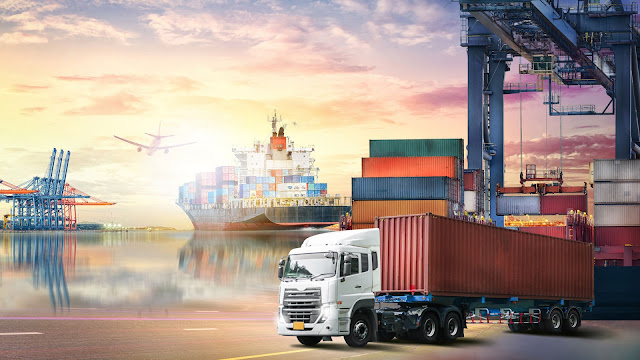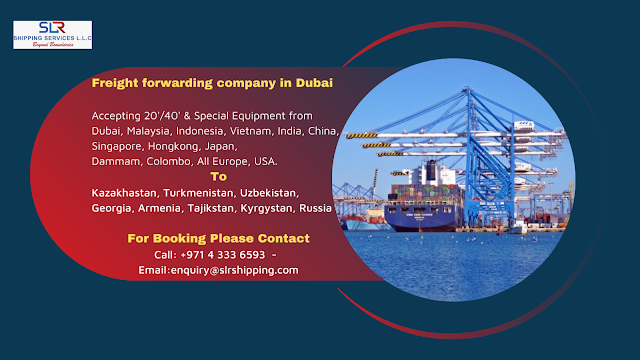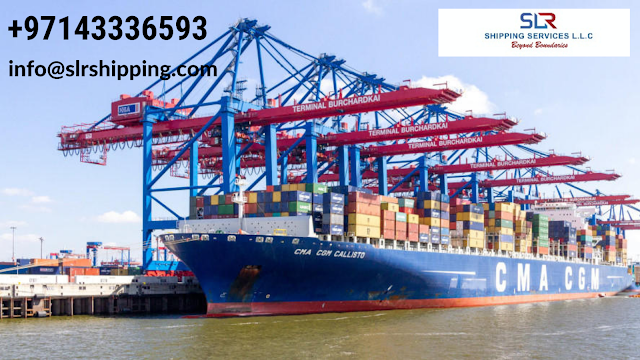Biggest Supply Chain Challenges Of 2021
 |
| SLR Shipping Services |
Although supply chain logistics are constantly evolving, 2020 was a year that caused more disruption than most, and industries have been left scrambling to pick up the pieces. In 2021, Logistics companies will go through more challenges this upcoming year; it will also create opportunities for organizations to leverage this disruption. Here are the most significant supply chain challenges for the coming year—and the ways you can meet them head-on.
Foundational supply chain shortcomings were uncovered, and keeping in mind that all endured, Shipping companies that had not stayed aware of basic supply chain patterns were hardest hit. Looking forward, as Logistics companies scramble to restore supply lines and restart fabricating, they need to consider the significant supply chain challenges.
Expanding Supply Chain Sources
Economizing on the supply chain has led to many Shipping companies working with single sources for materials. While this is an efficient and low-cost mechanism for supply, it’s fast-growing outdated. Organizations looking for greater resilience and security of supply in 2020 will need to invest in expanding their supply chains.
As developing a strategy for mitigating the risk of supply chain interruptions overtakes economizing, Logistics companies will increasingly need to balance these delicate variables, putting strong supply chains in place while looking at the bottom line.
Adopting AI and Leveraging Data
Rapid advancements in the digital and technological world create a growing supply chain challenge for Logistics companies. These key technologies already have a profound impact on supply chain strategy. As AI is forecasted to contribute more than $10 trillion to the worldwide economy in the next ten years, businesses cannot afford to stand still in the face of evolving tech.
Adapting to industry-specific technological advancements must be at the forefront of supply chain strategists’ minds. As the Internet of Things generates enormous amounts of data, organizations must have specific processes for utilizing and responding to this data if they don’t want to be left behind.
Implementation of artificial intelligence (AI) and machine learning for predictive analytics will accelerate, with wide-reaching effects across the end-to-end supply chain. Businesses harnessing the power of big data and automation will have a competitive advantage in visibility, efficiency, quality, and profitability.
Keeping Up with Customer Expectations
As the world grows more connected, customer-facing businesses will be challenged to increase customer expectations. Amazon and other big companies have been on the cutting edge of supply chain change for years. They are now influencing customers to have higher expectations of logistical movement than ever before.
Superficial Supply Chain Understanding
2020 has been a revealing year for Shipping companies as global shutdowns have resulted in far-reaching impact. For many, the shockwaves of pandemic restrictions hit the supply chains in various ways, revealing that many industries had only a superficial understanding of their supply chain complexity.
Hiring talents
Logistic companies need a solid strategy for hiring diverse talent. Partnerships with universities and other industries will develop flexible programs to prepare current and future industry professionals to drive the future supply chains. Companies should do their part to influence the younger generation, women, and minorities to pursue a supply chain career.
Conclusion
So these are the significant challenges of 2021 that the shipping companies will have to face. Innovation and strategy is the key to a successful business. Shipping industries need to stay updated on what is happening worldwide to not miss out on significant opportunities.



Comments
Post a Comment